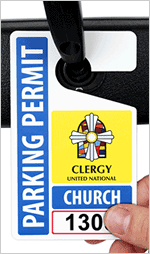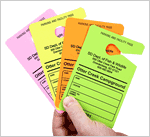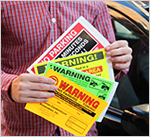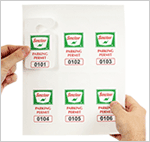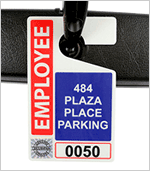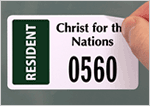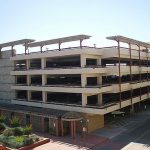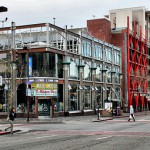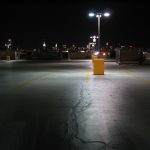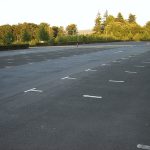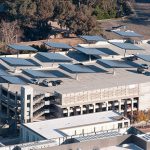Dallas officials revisit parking policies to revitalize downtown
In downtown Dallas, perception doesn’t match reality: officials regularly hear complaints about lack of parking in the area, but a 2011 study found that more than 7,000 spaces sit unoccupied during peak hours. That discrepancy is causing policymakers and developers alike to revisit the city’s parking policies.
“People don’t go to a location just because it has a lot of parking,” Karl Stundins told the press last month. “It is finding that balance between having the attractions that make Dallas a great place and having parking that supports the businesses and is convenient.”
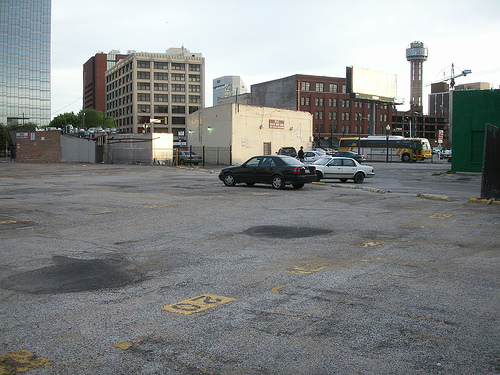
Thousands of prime parking spots in downtown Dallas sit empty, while residents and business owners complain about insufficient parking space. The lack of sharing agreements may be in part to blame. From Daniel Lobo.
An area redevelopment program manager for Dallas’s economic development office, Stundins acknowledged that the city needs to foster relationships with those who own parking downtown and other stakeholders. Such an effort is especially critical because the city owns hardly any parking in the area and, according to a study by Downtown Dallas Inc., those who do own parking there tend to operate independently of one another.
That lack of cooperation means possibilities like shared parking don’t materialize, but urban planners believe shared parking may be a good fit for Dallas. A city planning tool, shared parking recognizes that many lots and garages are full for just part of the day. Office parking lots, for instance, sit empty at night, while those for multifamily residences are empty during the day, when tenants are at work. If buildings with compatible needs share their spaces, then fewer total spots are necessary, planners argue. Cities in California, such as Alexandria, Virginia, have already implemented shared parking.
It may be an especially good option for Dallas, which has a surfeit of surface lots: they comprise roughly 13 percent of land downtown. That fact makes mass transit a less appealing option for visitors and the area less friendly to pedestrians, circumstances that prevent the district from realizing a more urban future, says city planner and designer Patrick Kennedy.
“We need to get away from the idea that convenience is tied to parking,” he said. “I live downtown, and convenient for me is walking down the street to a restaurant.”
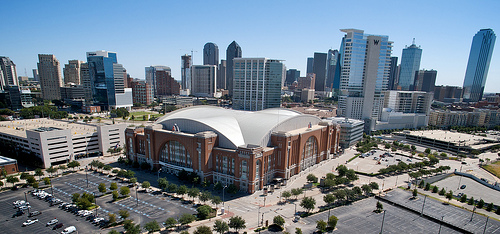
The contrast between available supply and motorist complaints leads experts to believe that Dallas’s parking isn’t being used efficiently. This image of the American Airlines Center comes from Flickr’s Jeff Attaway.
Condos, eateries, shops, and parks could replace today’s surface lots, he argues, giving downtown Dallas streetscapes more like the dense urban environments of Boston or San Francisco.
But until the district “becomes so cool that everyone wants to be there, nobody is going to pay extra just to be downtown and to have additional hassles,” said developer Ken Good, who recently purchased the Hartford Building, office space located at the parking-deficient intersection of Bryan and St. Paul streets.
He’s having trouble finding affordable parking for some of his tenants: the adjoining garage raised its monthly rate for a space from $85 to $200, while another lot nearby raised its monthly rate from $119 to $149. Just four blocks away, drivers can park for $75 to $80 a month, Good says, “but people don’t want to walk that far.”
Related articles across the web
Related Posts
Category: Municipal, Parking management

